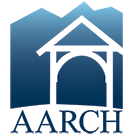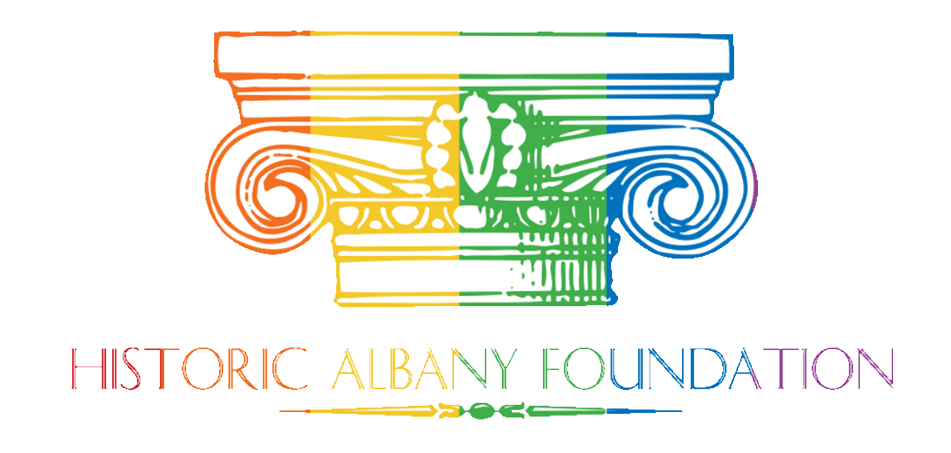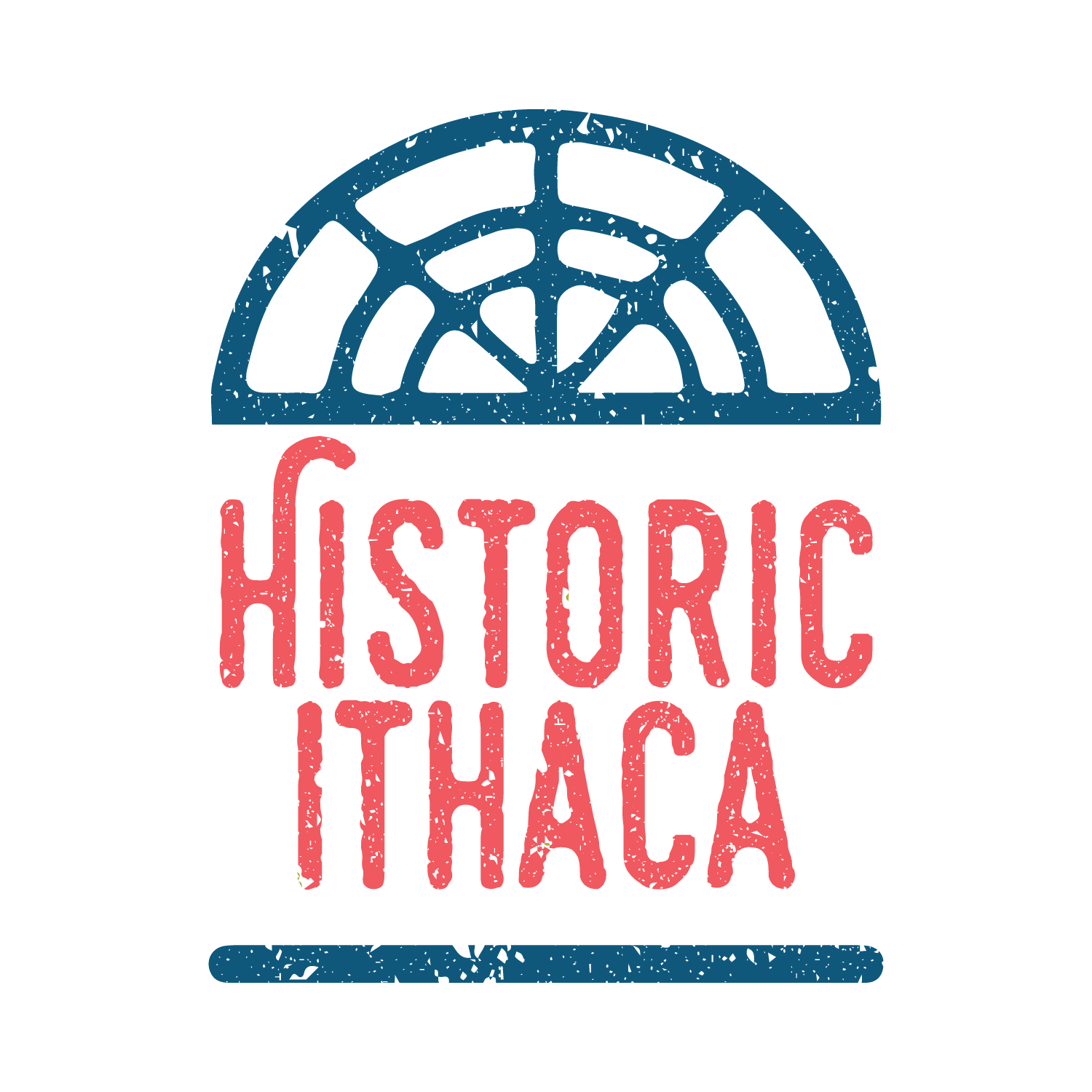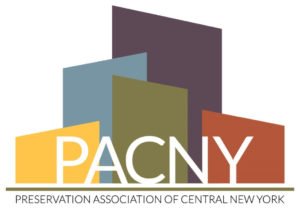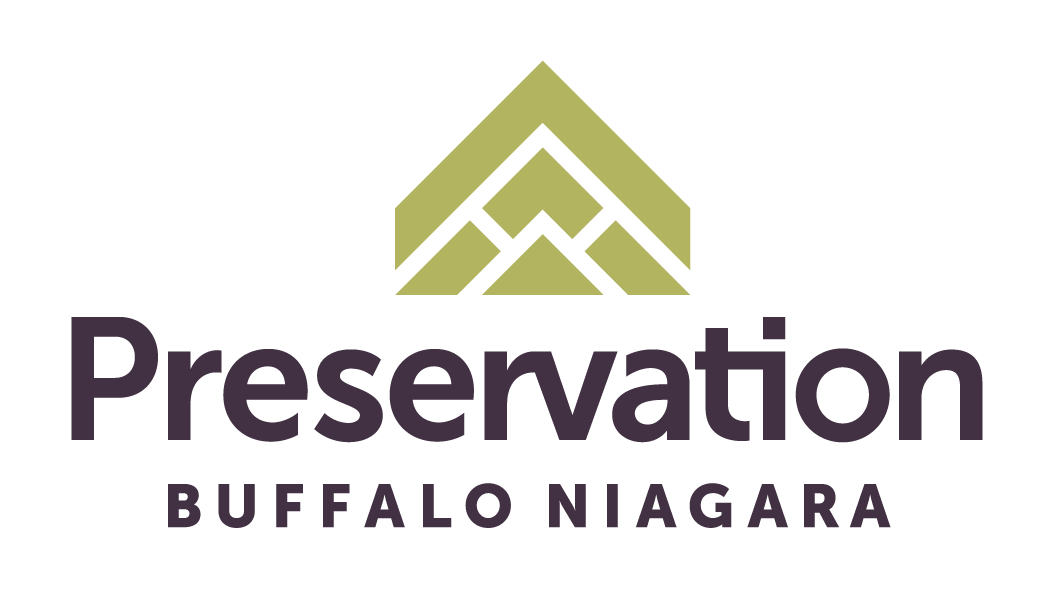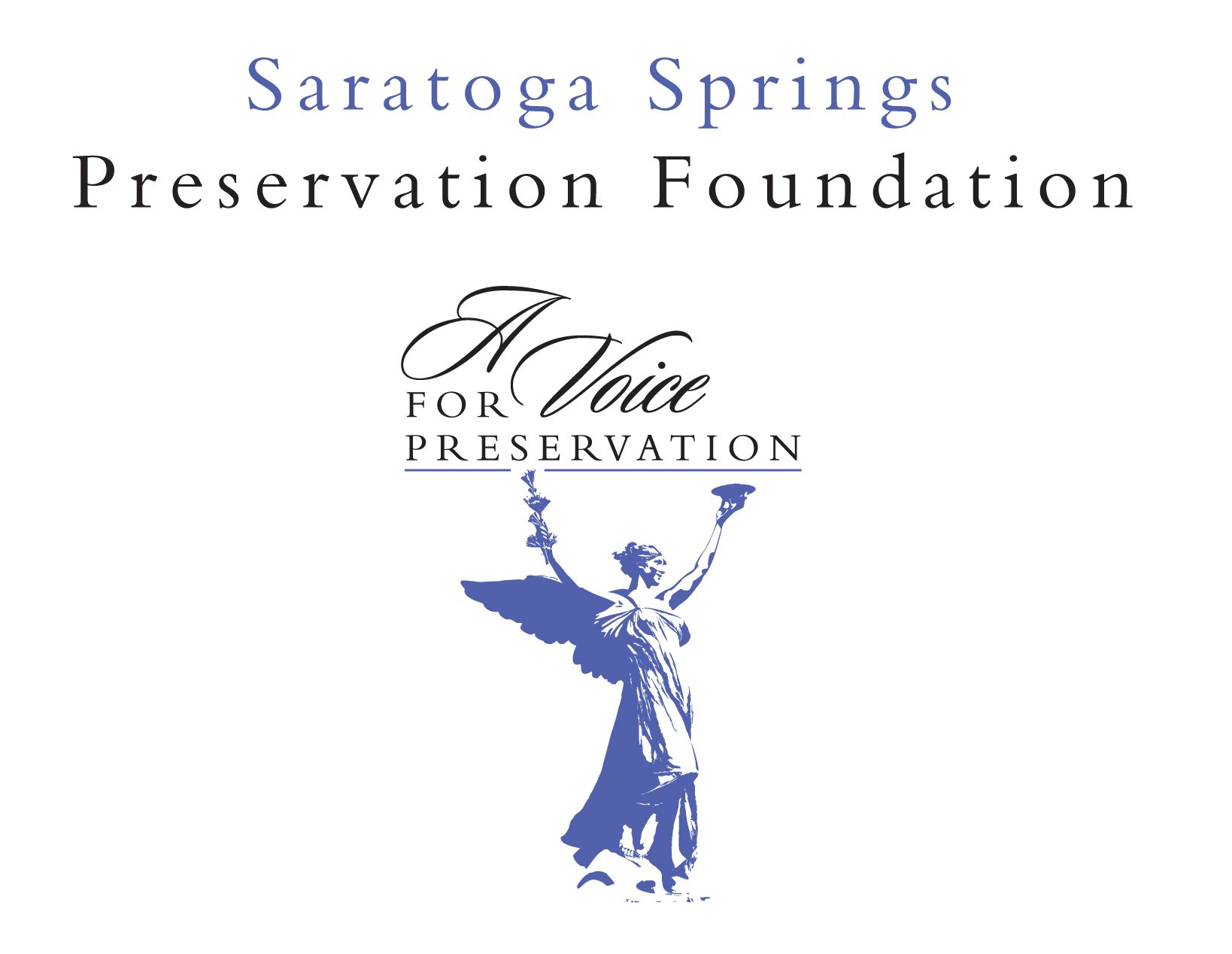Memorandum of Support
A.2816 (Jones), S.3030 (Stec)
Click here to download a PDF of the support memo.
The Preservation League of New York State is the statewide historic preservation nonprofit. We lead advocacy, economic development and education programs across the state. We write in support of Bill A.2816 (Jones) / S.3030 (Stec), which propose amending the New York State Constitution to convey land to Debar Pond Institute in order to save the historic Debar Pond Lodge.
A.2816 / S.3030 propose a land exchange in the Adirondack Park between New York State and Debar Pond Institute (“The Institute”), a private, non-for-profit educational organization. The Institute will operate Debar Pond Lodge and the six-acre parcel on which it sits for educational and recreational purposes. In exchange for the six-acre parcel, The Institute will donate over 400 acres of land to expand the Adirondack Forest Preserve. This land exchange will be accomplished at no cost to New York State taxpayers, and will save the state the cost of demolishing the lodge and redeveloping the property.
A.2816 / S.3030 will allow the historic lodge to be retained and used for public education and recreation. It will also increase the acreage of the Adirondack Forest Preserve by over 400 acres.
Debar Pond Lodge is an outstanding example of traditional Adirondack architecture, designed by noted local architect William Distin. It was listed in the National Register of Historic Places in 2014. This legislation will ensure that the historic Lodge and the property on which it sits will be available to the public in perpetuity. As a condition of the land exchange, a conservation easement will be attached to the property which will require that the Lodge and other buildings be well preserved, used in the public interest, and available for public access. Among the public activities the Debar Pond Institute plans to implement are public tours, programming on Adirondack history, culture, and the environment, as well as programs that advance diversity in the Adirondacks. The boundaries of the Debar parcel have been drawn to guarantee continued public access to the shoreline of Debar Pond as well as the hiking trail around Debar Pond and on to Debar Mountain.
We urge the NYS Assembly and Senate to adopt A.2816/S/3030. This bill will help preserve a magnificent example of Adirondack architecture, increase the Adirondack Forest Preserve by over 400 acres, and create an outstanding new opportunity for public use that will provide valuable new opportunities to Adirondack residents and visitors. Thank you to Assemblymember Jones and Senator Stec for their leadership.



